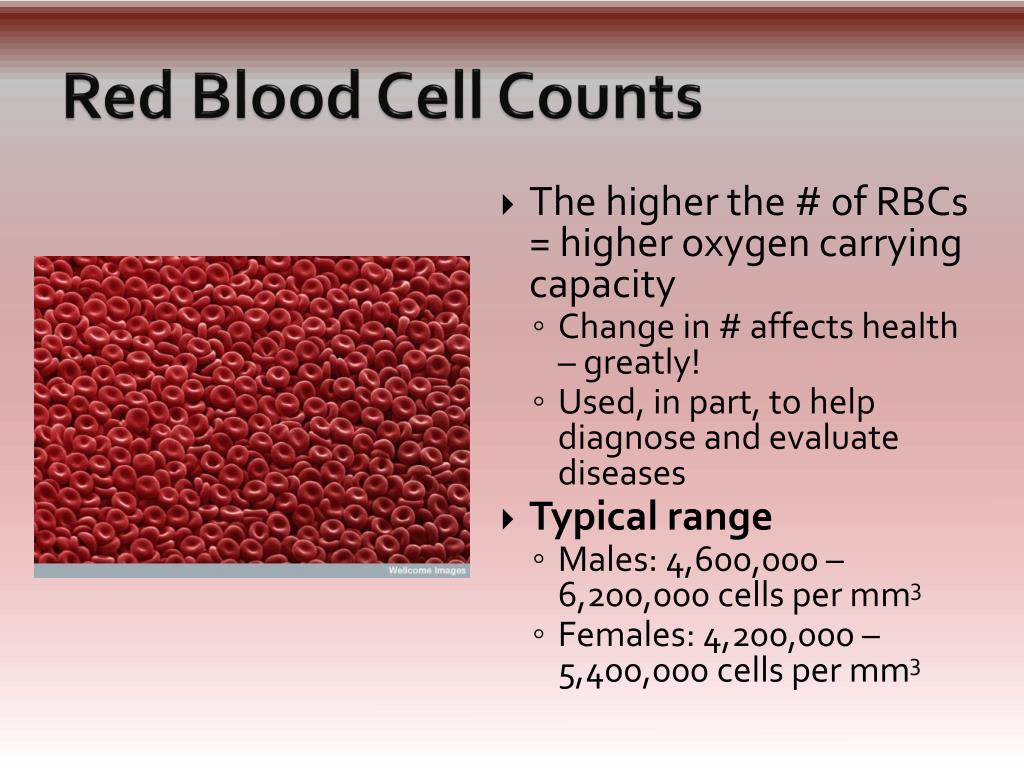
With its degradation by HO-1a molecule of carbon monoxide (CO) is generated that in turn serves as a bioactive signaling molecule. Heme is a powerful pro-oxidant and as such should be qualified as a DAMP.

Both PAMPs and DAMPs increase the activation of nrf2 and HO-1. HO-1 gene expression is regulated in large part by redox-sensitive proteins including but not limited to nrf2. In this review, we will focus on how sterile and infective stimuli activate the stress response gene heme oxygenase-1 (Hmox1, HO-1), a master gene critical to an appropriate host response that is now recognized as one with enormous therapeutic potential. Multiple mediators released, as cells die include, but are not limited to ATP, hydrogen peroxide, heme, formyl peptides, DNA or mitochondria provide the second signal to amplify immune responses.
#HEME IRON DANGER SERIES#
Both PAMPs and DAMPs are recognized by a series of cognate receptors that increase the generation of free radicals and activate specific signaling pathways that result in regulation of a variety of stress response, redox sensitive genes. These are known as Alarmins or Danger-Associated Molecular Patterns (DAMPs) and can be released actively by cells or passively as a result of sterile cellular injury after trauma, ischemia, or toxin-induced cell rupture. In addition to PAMPs, eukaryotic cells contain a plethora of intracellular molecules that are normally secured within the confines of the plasma membrane, but if liberated and encountered in the extracellular milieu can provoke rapid cell activation. Recognition of pathogen-associated pattern molecules (PAMPs) is a fundamental host survival mechanism for efficient elimination of invading pathogens and resolution of the infection and inflammation.


Appropriate control of redox mechanisms are critical for and effective innate immune response, which employs multiple cell types, receptors and molecules that recognize danger signals when they reach the host.


 0 kommentar(er)
0 kommentar(er)
